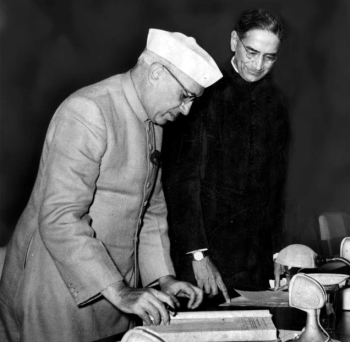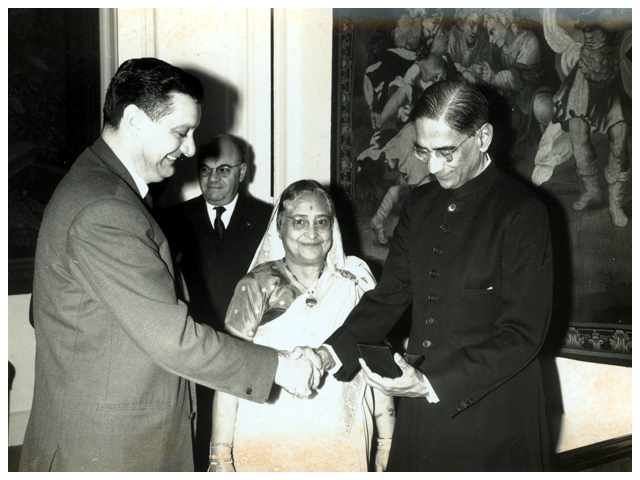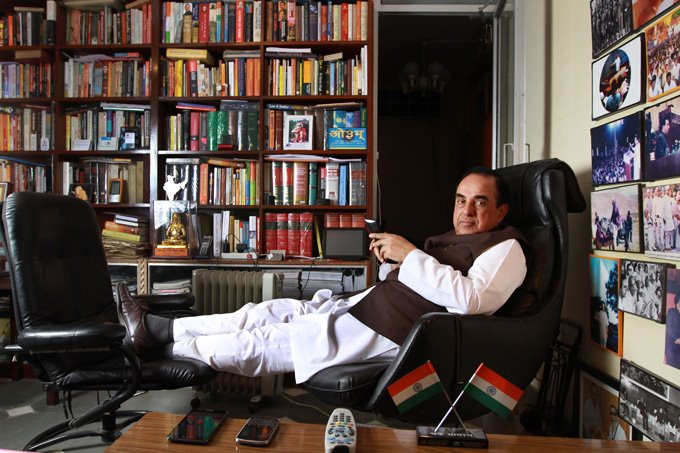What Are Exoplanets And How NASA Detects Life Beyond Our Solar System
Bharti Airtel Set To Acquire Telenor India Within This Year
Google Celebrates NASA’s Discovery Of Seven Earth-Like Planets With An Animated Doodle
Some Home Remedies That Might Sound Bizarre But Actually Work Like A Charm
Akshay Kumar Feels He Has Made Enough Money, Now Wants To Focus On Content & Characters
Delhi ATM Dispenses Fake Rs 2000 Notes From ‘Childrens Bank of India’ With ‘Churan Lable’
Adolf Hitler’s Personal Telephone During World War II Is Up For Auction In The US
From Salman Khan To Rekha, Neil Nitin Mukesh’s Wedding Reception Was Quite A Starry Affair
Subramanian Swamy – 21 Things Most Indians Don't Think About the Intense Gentlem
Every time you write off Subramanian Swamy, like the mythical phoenix bird, he reinvents himself from the very flames that others think he burnt down with. Teacher, economist, mathematician, politician, rebel, crusader, dog lover, all this and much more, this Tam Braham (Tamil Brahmin) was born into a family of intellectuals, which he himself described as “a long line of fighting Brahmins’. Not one to let go a fight and not one who forgets easily, survivor and loner, Swamy has bounced back to cast an imprint on contemporary history that few individuals in India can lay claim to. Here’s a compilation of facts that most Indians don’t know about this tough guy:
4. Director of the Institute Happened to a Professional Rival of Swamy’s Father
The institute at that time was headed by PC Mahalanobis who happened to be a professional rival of Swamy’s father. So when Mahalanobis learnt about Swamy, the latter began to get lower grades. Too bad (for Mahalanobis).
Mahalanobis was the brain behind setting up of the Planning Commission, something that Prime Minister Narendra Modi after many decades intends to dismantle.
He was the kind of person that no one (at least not someone studying at his institute) would want to develop animosity with.

5. Swamy Taught the Big Guy a Lesson
Swamy’s ability at crunching numbers and postulating theories, pitched him against PC Mahalanobis.
His paper ‘Notes on Fractile Graphical Analysis’ published in Econometrica, 1963 had questioned a Mahalanobis statistical analysis method as not being original but only a differentiated form of an older equation, was an early expression of the rebel that Swamy is, a trait that has found expression both as an intellectual and as a politician.






